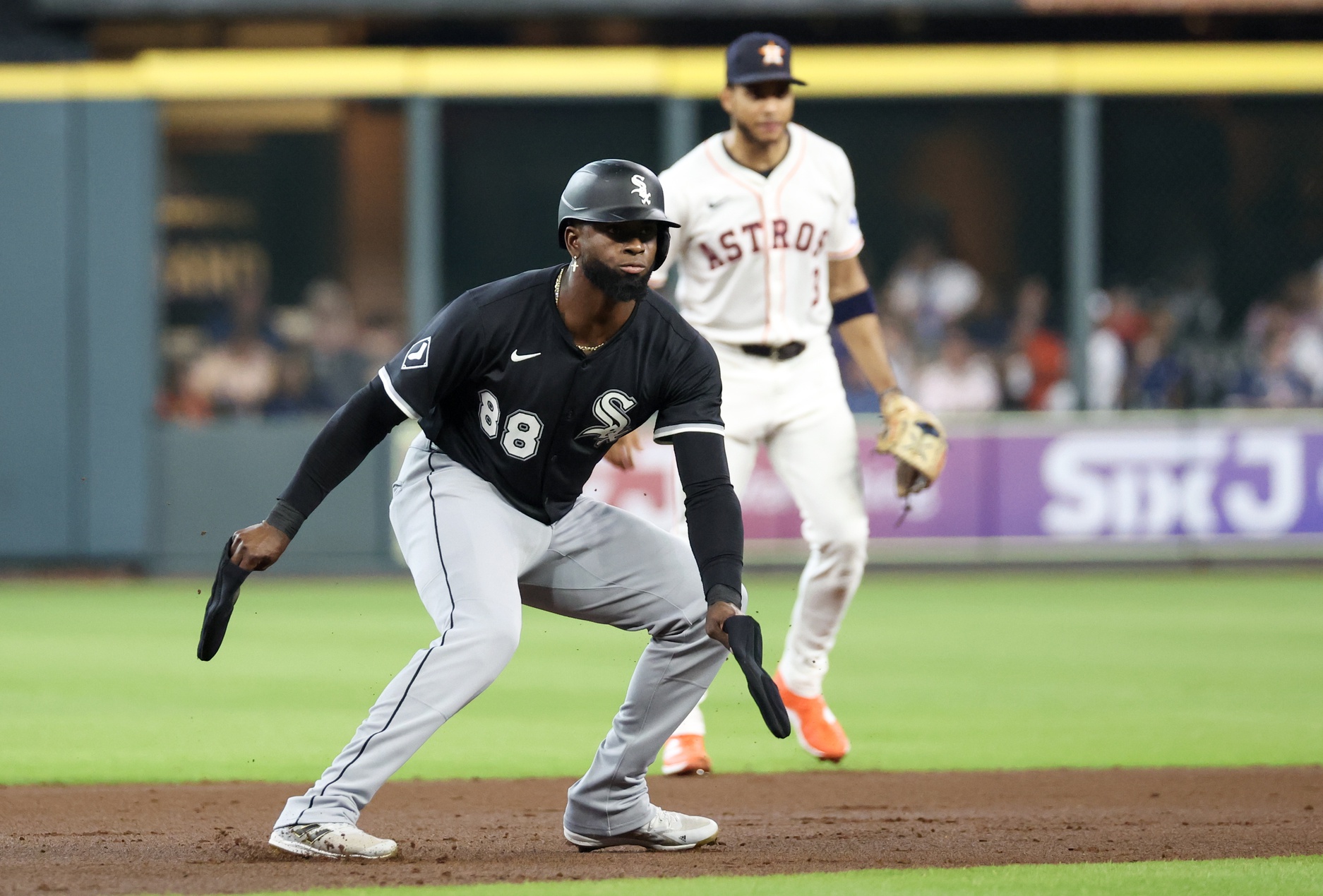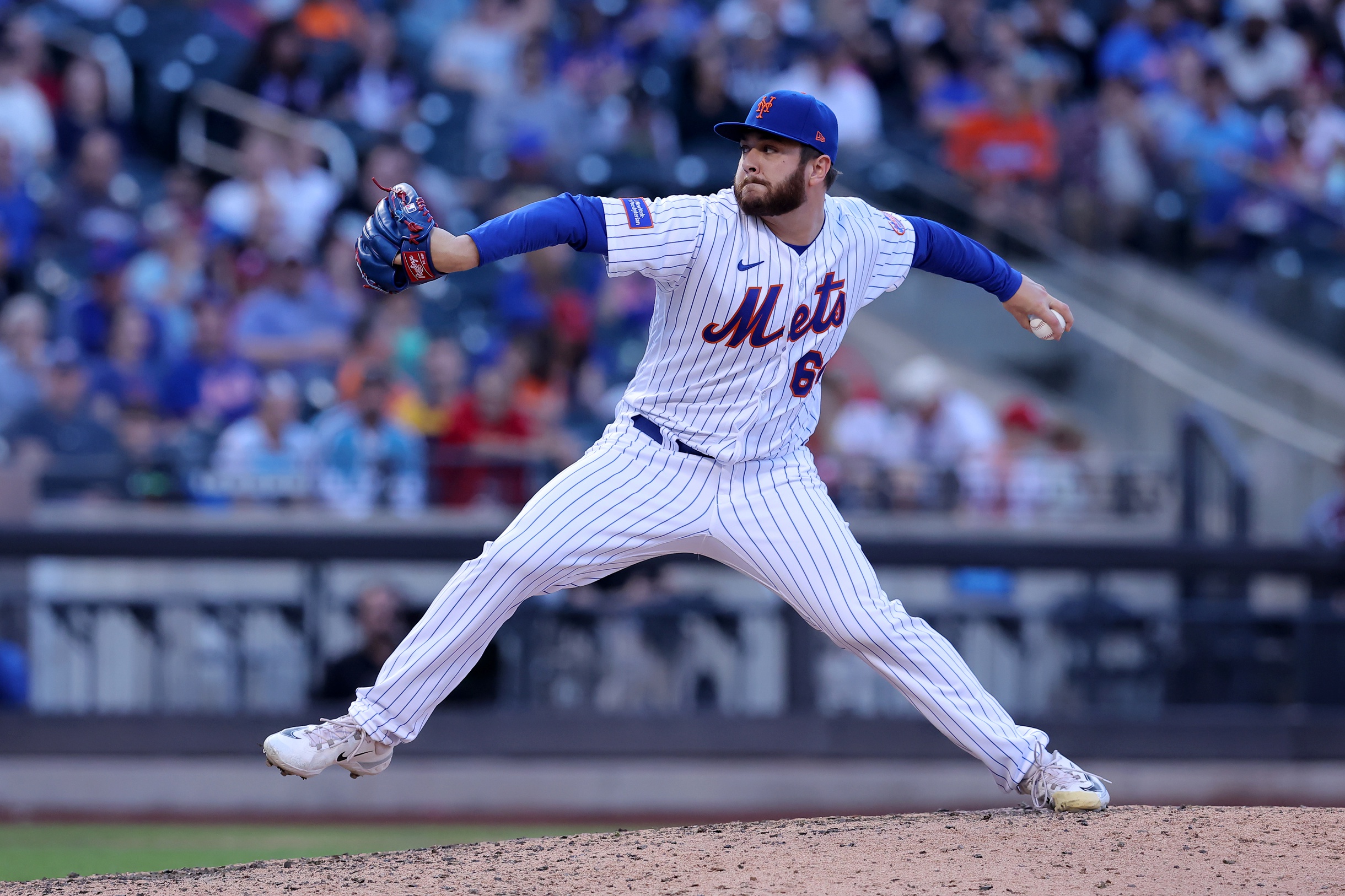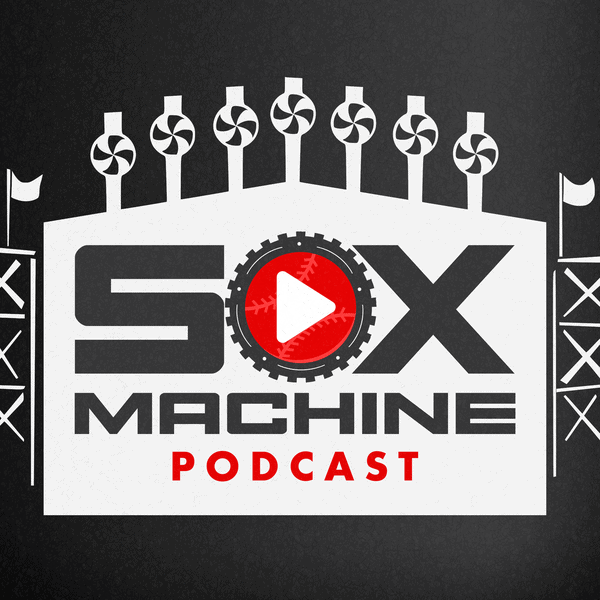HOUSTON -- There have been a few too many ugly swings, listless at-bats, and not enough moments of Luis Robert Jr. looking like he's at the height of his powers since returning to the lineup to think his three-game sabbatical did the trick.
At least not yet.
He's just 4-for-15 with six strikeouts in four games since, after all. But a game like Tuesday where he's a star on both sides of the ball again, is still vital for staying committed to his improvement plan.
"On both ends I helped the team," Robert said via interpreter. "That’s the key, right? See the results. Then when you work and see the results, it’s fine. When you work and don’t see the results, it’s tougher."
The White Sox didn't suggest Robert that three days of working with Ryan Fuller & Co. at Rate Field would end in radically different mechanics. If anything, the 27-year-old suggested it was more of back to basics approach, reminding him that his prodigious power and bat speed should give him a longer window to make good swing decisions.
"The only thing that [I changed] probably is letting the ball get closer to home plate," Robert said via interpreter. "I think I was so concerned by hitting homers and pulling the ball that I kind of got out of whack. Now, I’m more focused on hit the ball to the opposite field and if I pull the ball, it’s good. But that is not my priority."
Robert's pull rate is running at a career high, but his previous career high was his career-best season in 2023, because the enemy is not pulling, but whatever approach element is impeding his timing to the point where he's not demolishing mistakes, despite what superficially looks like the best plate discipline of his career.
The right knee soreness that's cost him a few games and kept him in the trainer's room a little extra at times is something to monitor, but Robert's performance in center field Tuesday night was arguably a better testimony to the type of trade value the Sox are trying to tout at this juncture. It's been more consistent than Crawford Box homers that only would have left four out of 30 MLB ballparks.
In the brand of baseball that has four wins in their last five games, a cadre of Sox hitters grinding at-bats at the top of the order with starting pitching that regularly delivers low-scoring games makes Robert's stout center field defense and baserunning with a lingering possibility of occasional offense out of the No. 7 slot the kind of profile that could help stouter operations than this one. Albeit in a complementary fashion.
"La Pantera covers center field really well," said Shane Smith. "First time throwing here in this ballpark, any ball in the air you kind of think has got a chance. For him to track those down and make those plays was huge for us."
"I know he hasn't been happy with his production," said Chris Getz last Friday. "We know that there's more in there. We expect more. He's been really strong defensively, which has allowed us to continue to throw him out there. We still feel good when he's in the lineup. He's still a threat. Look at what he's doing on the basepaths, creating havoc there, and he's at the top of the major leagues in stolen bases. There's different ways to bring value to this club. And once we get the offense going, which we're confident is going to happen, we're going to feel even better about things."
Maybe not feeling as good as the Sox thought they were going to be coming off of the 2023 season. But happier than they would be paying Robert's contract buyout at the end of the year, when significant infusions to the Sox payroll are still theoretical future considerations.
⚙️⚙️⚙️
The fraught state of Steven Wilson's mechanics upon arrival to the White Sox last spring was an anathema to the 30-year-old as he was entering his arbitration years. It was another squeaky wheel for a bullpen that hoped the veteran could be a source of stability in 2024, and naturally, something that the Padres were well aware of when they included him in the Dylan Cease trade.
"My arm slot was a little lower," Wilson said. "I didn't have the fastball that I had coming up. My fastball is probably what got me to the big leagues."
Dropping from the 95 mph heater of his debut to 93 mph with poor command led to Wilson walking 16 percent of opposing hitters last year, en route to a 5.71 ERA that included a midseason demotion and an offseason boot from the 40-man roster. There was a post-2023 effort to add a splitter that also didn't work out, but Wilson said his arm slot originally began to drift downward in response to the Padres' efforts to build out a sweeper that's become his primary pitch.
So as Wilson was working to restore his arm slot this offseason, which has seen him reclaim an inch of inverted vertical break on his four-seamer, part of his goal was finding a new way to throw a sweeper without subtracting from his other pitches.
"It's a completely different grip from what I used to throw, different mentality, different thought process," Wilson said. "It still has a good amount of horizontal movement; about the same as before, just more depth. I can throw it out of the same arm slot. I don't have to drop down, so it was more of a grip change than anything."
All is not right by a long shot, as Tuesday night's narrow escape laid bare. Wilson's 2.14 ERA since being recalled is benefitting from a rock bottom batting average on balls in play (.173) and incredibly high rate of runners stranded (90.5 percent). Encouragingly, there have been some more 95s of recent, but he hasn't yet seen his velocity rebound in his natural arm slot quite in the way he anticipated, which leads to him to rely heavily on his sweeper (59.4 percent usage) at a level that led to some of his prior issues.
But finding ways to get through the leverage outings the Sox are throwing at him, or Wilson graduating back to a version that draws trade interest, is easier to see with his mechanics back to working order. Wilson doesn't escape the eighth while throwing sweepers on 17 of his 21 pitches Tuesday without finding some measure of consistency in executing it.
⚙️⚙️⚙️
As Tim Elko was first called up to the majors, he made a point to shout out his longtime personal hitting coach Dave Kent, whom he first started working in the Tampa area almost 20 years ago and intends to visit again this offseason.
It's not easy to boil down decades of instruction into a prevailing takeaway, but Elko does his best.
"Being able to drive the ball the other way, he started that for me and I kind of still do that today," Elko said.
So far it's only been visible in his most thunderous clouts.
But it's only become a more compelling ethos as Elko has matured into massive raw power. He does not need to pull the ball to leave the yard, and thus does not need to cheat on fastballs at the expense of his swing decisions.
In compiling a 32.1 percent strikeout rate, Elko's chase rate in the mid-20s hasn't really been a disqualifying issue. It's more that his out-of-zone contact rate also being in the mid-20s drives home how strict he needs to be with his swing decisions to survive, especially as the league learns to avoid his pop.
Drawing two of the White Sox offense's eight walks on Tuesday night in Houston, is a nice baby step from a big man.
"Just not trying to do too much, trusting myself and trusting my eyes, just trying to put bat to ball and make some hard contact, let the rest do itself," Elko said.






